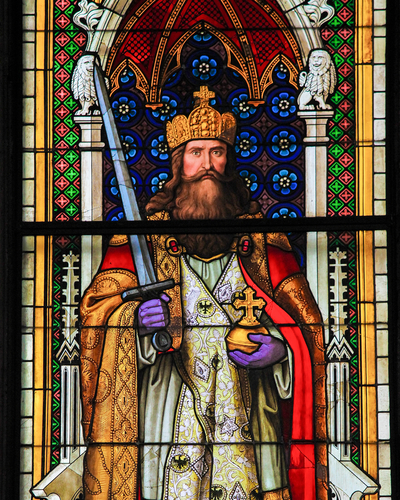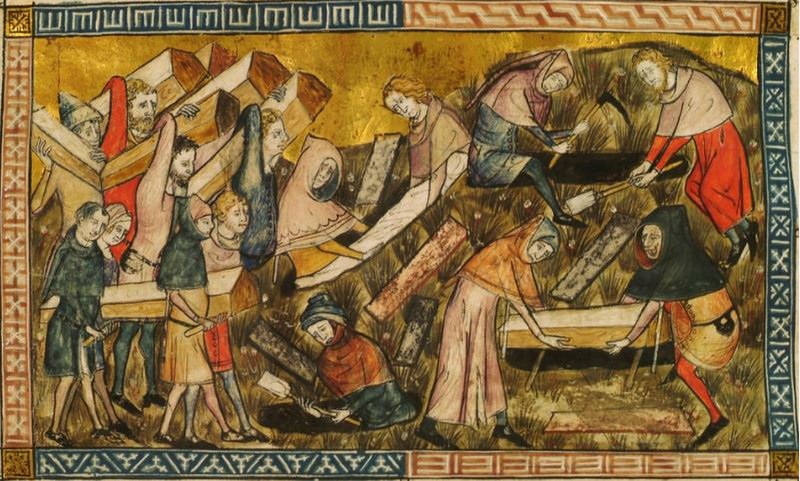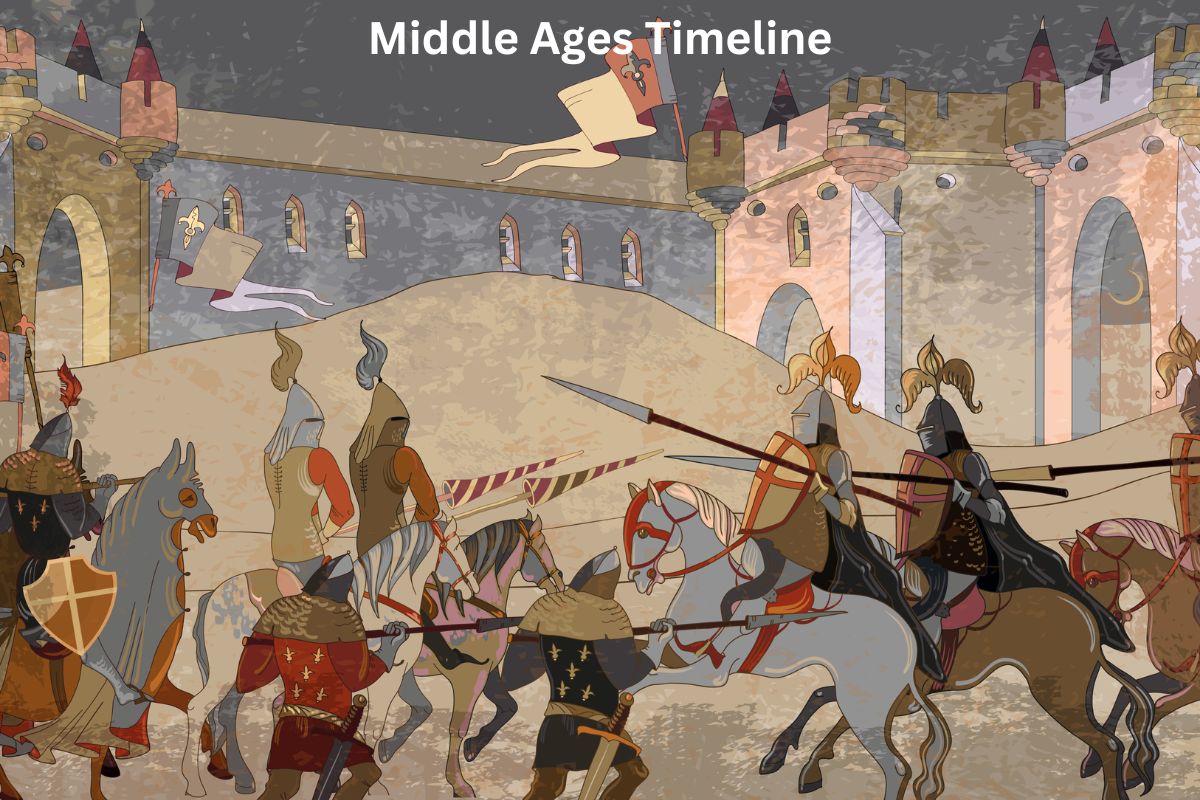The Middle Ages, spanning from the 5th to the 15th century, was a transformative period in European history marked by significant political, social, and cultural changes.
It began with the fall of the Western Roman Empire, leading to the emergence of various kingdoms and feudal systems.
Throughout this era, Europe witnessed events such as the rise of powerful empires, the spread of Christianity, the Crusades, and the devastating Black Death.
The Middle Ages ultimately set the stage for the Renaissance and the modern era, leaving an enduring legacy in the development of European civilization.
This brief intro provides an overview of this complex and dynamic period in history.
| Time Period | Key Events and Developments |
|---|---|
| 5th to 8th Century: Early Middle Ages | |
| 476 CE | Fall of the Western Roman Empire |
| 527-565 CE | Reign of Byzantine Emperor Justinian I |
| 732 CE | Battle of Tours |
| 800 CE | Charlemagne crowned Holy Roman Emperor |
| 9th to 11th Century: Carolingian and Feudal Period | |
| 843 CE | Treaty of Verdun divides Carolingian Empire |
| 911 CE | Rollo establishes Duchy of Normandy |
| 1066 CE | Battle of Hastings, William the Conqueror becomes King |
| 1096-1099 CE | The First Crusade |
| 12th and 13th Century: High Middle Ages | |
| 1170 CE | Murder of Thomas Becket |
| 1189-1192 CE | The Third Crusade |
| 1215 CE | Signing of the Magna Carta |
| 1212-1492 CE | The Spanish Reconquista |
| 1250 CE | Gothic cathedrals reach their peak of construction |
| 14th and 15th Century: Late Middle Ages | |
| 1337-1453 CE | The Hundred Years’ War |
| 1347-1351 CE | The Black Death (Bubonic Plague) |
| 1378-1417 CE | The Western Schism |
| 1453 CE | Fall of Constantinople |
| 1492 CE | Christopher Columbus’s first voyage to the Americas |
Timeline of the Middle Ages
Early Middle Ages (5th-8th Century)
In the Early Middle Ages, the Western Roman Empire crumbled in 476 CE, marking the transition into this period.
This era was characterized by significant political fragmentation and the emergence of various Germanic kingdoms.
Also Read: Facts About the Middle Ages
One of the pivotal events was the coronation of Charlemagne as the Holy Roman Emperor in 800 CE, which marked an attempt to revive aspects of the Roman Empire in Western Europe.

Carolingian and Feudal Period (9th-11th Century)
The Carolingian and Feudal Period witnessed the division of the Carolingian Empire through the Treaty of Verdun in 843 CE, which laid the foundation for modern European states like France and Germany.
It also included the famous Battle of Hastings in 1066 CE when William the Conqueror of Normandy defeated King Harold II of England, leading to the Norman conquest of England.
Also Read: Richard the Lionheart Facts
This era was marked by the strengthening of feudal systems, the spread of Christianity, and the construction of impressive cathedrals, including the signing of the Magna Carta in 1215 CE, which limited the power of the English monarchy.
High Middle Ages (12th-13th Century):
The High Middle Ages saw the culmination of Gothic architecture with the construction of magnificent cathedrals such as Chartres Cathedral in France and Cologne Cathedral in Germany.
In 1170 CE, the murder of Thomas Becket, the Archbishop of Canterbury, occurred as a result of conflicts between the church and the monarchy.
Additionally, the Third Crusade, led by European monarchs including Richard the Lionheart of England, aimed to recapture the Holy Land from Muslim control. This period was characterized by a growing European economy and cultural development, setting the stage for the later Renaissance.
Late Middle Ages (14th-15th Century)
The Late Middle Ages was a period marked by significant challenges and transformations. It began with the outbreak of the Black Death, also known as the Bubonic Plague, which swept through Europe between 1347 and 1351.
This devastating pandemic led to widespread death and suffering, resulting in significant depopulation in many regions.

In 1453, the Late Middle Ages witnessed a monumental event with the fall of Constantinople to the Ottoman Empire. This marked the end of the Byzantine Empire and the final conquest of the last remnants of the Roman Empire.
The fall of Constantinople had far-reaching consequences, including the migration of Greek scholars to Western Europe and the spread of Greek learning during the Renaissance.
As the Late Middle Ages drew to a close, another pivotal event occurred in 1492. Christopher Columbus, an Italian explorer sailing under the Spanish flag, embarked on his first voyage to the Americas.
This event marked the beginning of European exploration and colonization in the New World, ushering in a new era of global exploration and expansion.
The Late Middle Ages were characterized by both the profound suffering caused by the Black Death and the beginning of the age of exploration, which would ultimately shape the course of world history in the centuries to come.
